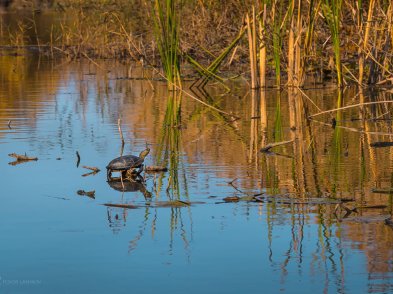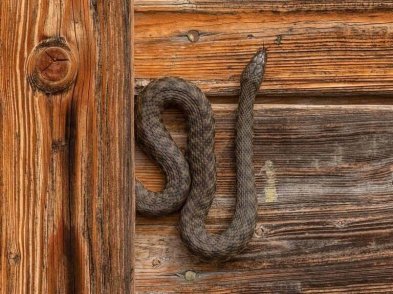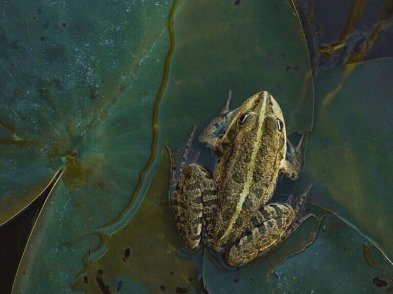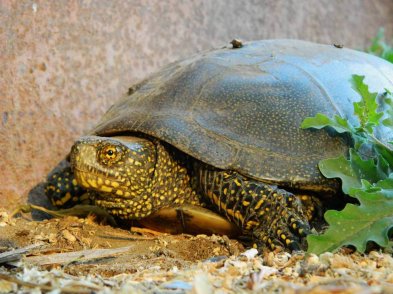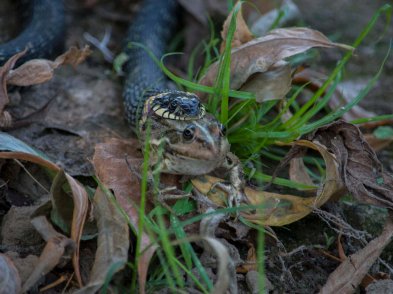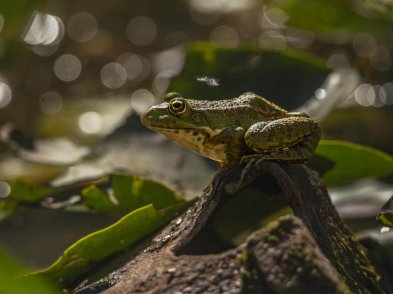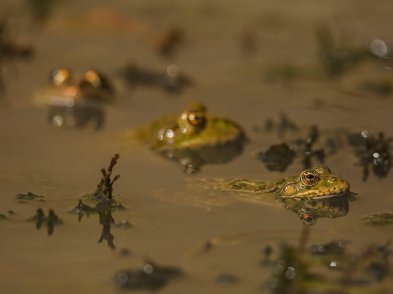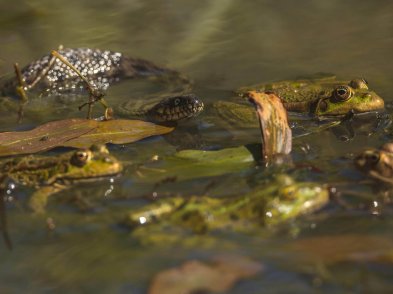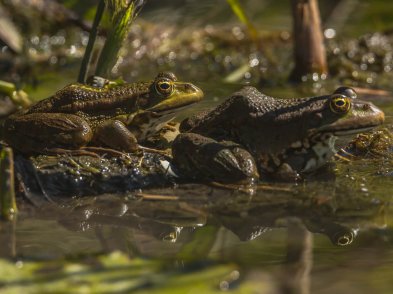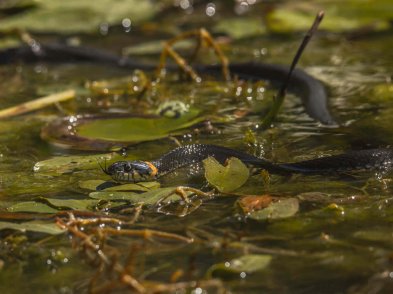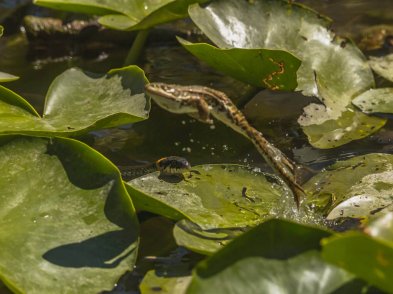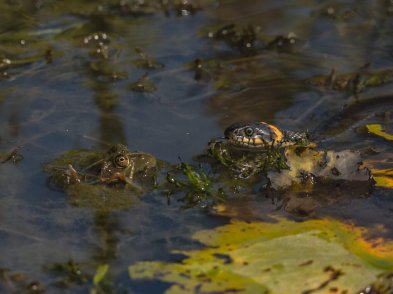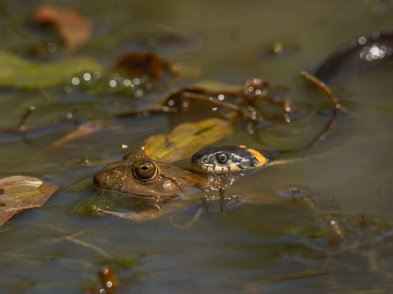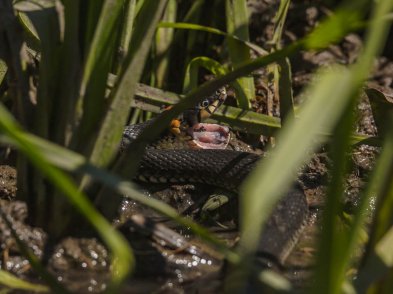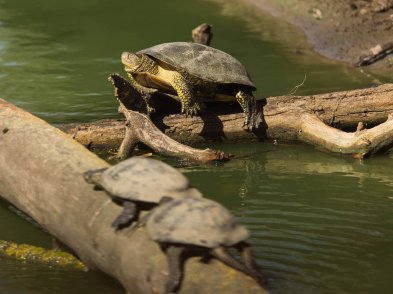
Four species of amphibians inhabit Astrakhan Reserve: lake frog, common garlic toad, green toad and common tree frog.

The most abundant amphibian species is the lake frog, inhabiting numerous ducts, eriks, il’mens and kultuks. It is much less common in larger water bodies. When hibernating, frogs gather and lie in large clusters; for this, ponds with good water flow are required. Frogs emerge from hibernation in late March, and by early April form mass clusters along the banks of reservoirs. The first mating calls are noted a few days earlier. In late April frogs move to il’mens and voles. Here they begin spawning, with clutches of eggs appearing in warm, shallow water. One clutch contains 8-10 eggs. Tadpoles appear a week later, and migrate to permanent reservoirs in early August.

Pelobates fuscus (garlic toad) is much rarer. It was first confirmed in the reserve in 1981. There are also unconfirmed reports of sightings of green toads and common hyla.

The dominant reptile species are the grass snake and common water snake. Snakes live on the banks of watercourses, feeding on frogs, aquatic insects and sometimes small fish.

Pallas’s coluber, freshwater turtles and sand lizards are also found in the reserve, but its abundance here is low.

Swamp turtles are commonly found in the reserve’s reservoirs. They feed on aquatic and terrestrial invertebrates. During the day they bask under the sun in the snags.

Small numbers of quick lizards live in the reserve. They inhabit dry places and feed only on small invertebrates. Lizards often become prey for terrestrial predators.
119, Naberezhnaya reki Tsarev, Astrakhan, Russia, 414021abnr_intour@bk.ru

